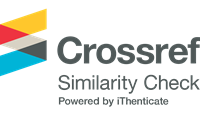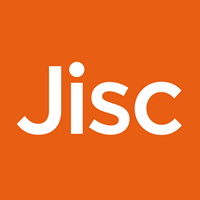The exercise of lectio in the medieval tradition - <i>Lecturis salutem
Abstract
This article refers to the practice of reading texts within the framework of the medieval university, particularly to the teaching cultivated by masters and students according to institutionalized pedagogical norms. The exercise of reading was a constant preoccupation among the masters of the medieval period, something consigned either in the warnings of those readings that do not build up the character formation of the Christian, because they worship only the eloquence and not the virtue of wisdom (Isidore of Seville), or the importance given to knowing how to read and the ways in which we should read certain texts (Hugh of Saint Victor), in order to form a ‘careful reader’ (Abelardo) and prepared to face the great themes of philosophy, such as those offered in the schools of the twelfth century, or in the future university of the thirteenth century. This university is organized as a corporation and is inseparable from what in the sphere of the culture of the time is denominated as ‘scholasticism’, whose masterful teaching is the radiating element and focus of university studies. We will see in this article how the practice of reading in the medieval tradition, present in the method recommended by the authors of ‘scholasticism’, is met, and in particular we will highlight Thomas Aquinas’ comments on Boethius’ treatise On the Holy Trinity regarding the classification of theoretical knowledge.
Downloads

This work is licensed under a Creative Commons Attribution 4.0 International License.
DECLARATION OF ORIGINALITY AND COPYRIGHTS
I declare that this article is original and has not been submitted for publication in any other national or international journal, either in part or in its entirety.
The copyright belongs exclusively to the authors. The licensing rights used by the journal are the Creative Commons Attribution 4.0 (CC BY 4.0) license: sharing (copying and distributing the material in any medium or format) and adaptation (remixing, transforming, and building upon the material thus licensed for any purpose, including commercial purposes) are permitted.
It is recommended that you read this link for more information on the subject: providing credits and references correctly, among other crucial details for the proper use of the licensed material.














































